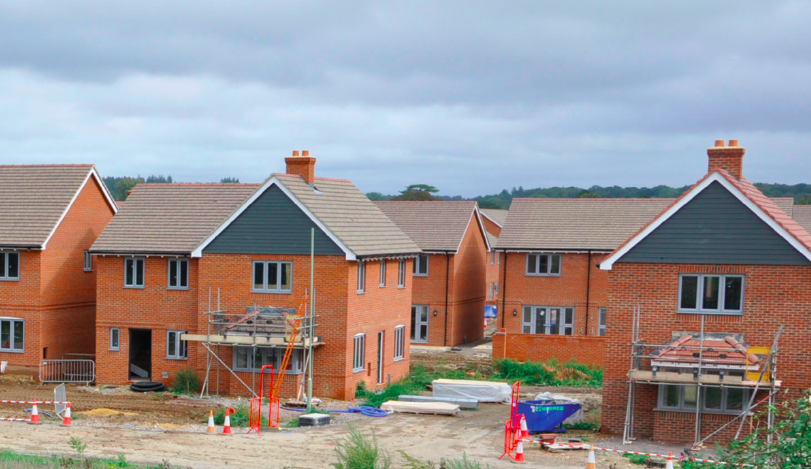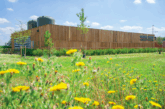
Managing the statutory requirement for biodiversity net gain (BNG) is one of the top practical headaches facing smaller housebuilders right now. And to complicate matters further, we await the outcome of a government consultation into potential changes to how it should be implemented for minor, medium and brownfield development. How can developers possibly plan in the meantime? MSP Capital’s Head of Valuation, Chris Wright, and Neil Woolgar, the property finance lender’s Senior Legal Consultant, offer their insight.
“It’s an unsatisfactory position to be in for many SME housebuilders and developers,” says Neil. “Not everyone has been ahead of the curve on BNG. Of course it’s important to protect the environment, that’s a given, but it can be difficult to get the balance right between cost considerations and doing what’s needed to demonstrate a percentage long-term uplift in habitat improvement. While the big boys can run with it more easily, many smaller players have less room for manoeuvre when it comes to their margins. On some projects we have supported through development or bridging loans, we were already seeing development costs rise by 70% to 80% before BNG. The Ukraine invasion sent the costs of raw materials through the roof and the industry had to contend with many other cost of living and cost of doing business pressures. Now, with BNG coming in, coupled with other environmental considerations such as nitrates mitigation, we’ve had instances where habitat-related payments have eaten up 10% of the GDV. There is also a dichotomy when you have a target for 1.5 million new homes nationally, yet you have a complicated requirement around biodiversity gain to solve before you even put a spade in the ground.”
Neil’s comments are echoed by Chris, who says: “We hear lots of comments and concerns from across our client base about BNG and the expectations and responsibilities being placed on SME developers. We do hope the government consultation will make things easier for them and, let’s not forget, the success of smaller developers will be crucial to the government achieving its 1.5 million new homes target.”
With the government’s response to the consultation still awaited, Chris and Neil list ten essential tips to help SME developers navigate the complexity of BNG:
- Be pragmatic and assume the current rules will still apply.
- Commission an immediate ecological check on the project to find out the current habitat ‘baseline’.
- Run the small-sites metric, or get your ecologist to run it, and produce a BNG statement.
- Draft on-site measures and an outline landscape and ecological management plan and cost them for 30 years.
- Query local strategies for nature recovery and ensure you understand the strategic significance of the site from the environmental and biodiversity point of view.
- Book a pre-app meeting with the local planning authority and bring your ecologist. Ask how the authority is interpreting de-minimis rules, what evidence they want, whether they expect purchases from local habitat banks or will accept off-site credits, and whether the Local Nature Recovery Strategy gives any extra multipliers/strategic significance. Get this in writing where possible.
- Prioritise on-site delivery first, then consider off-site routes.
- Be conservative in cost and timescale assumptions: allow a contingency for buying credits and for ecological timings. Credit prices and availability can vary locally. Don’t assume cheap, easy credits.
- Prepare contractual wording options for securing a long-term management agreement.
- Keep evidence and an audit trail. Green space around a new housing development. BNG places a responsibility on developers to be sustainable and manage the built environment with biodiversity in mind.
One of the key issues for a lender such as MSP Capital is the timing of a loan. Many developers are left in a catch-22 situation, Neil explains, in which planning permission has been granted but the formal BNG plan still has to be approved before development can commence.
Asked what the lender needs to do on due diligence in such circumstances before agreeing a loan, Neil says: “BNG represents a new departure in conditionality, meaning we can only ‘lend in principle’ until the BNG plan is approved. Mostly we are approached in line with the application for planning permission going in. If we have a good, long-standing relationship with the developer, and we’re confident they’re on top of BNG and have a good ecologist on board to calculate the 10% metric, then we might lend some funds when planning permission is granted.”
Chris adds: “There is no real change on due diligence as we still do all the necessary checks and will want to know that outstanding planning conditions can be discharged, for example under section 106, but otherwise we may be looking at a time delay due to the extra conditionality around BNG.”
For more information go to www.rdr.link/dbg021








